In the vast cosmic theater where gravity orchestrates the most spectacular phenomena, gravitational lensing stands out as one of the universe’s most mesmerizing tricks. This phenomenon, predicted by Einstein’s theory of general relativity, occurs when massive objects like galaxies or galaxy clusters warp the fabric of spacetime around them. As light from distant celestial objects travels through this distorted space, it bends, creating magnified, distorted, or even multiple images of the same source. The result is a natural cosmic "magnifying glass" that allows astronomers to peer deeper into the universe than traditional telescopes ever could.
The concept of gravitational lensing hinges on the idea that mass curves spacetime. When light passes near a massive object, its path is deflected, much like how a glass lens bends light in a telescope. The greater the mass of the intervening object, the more pronounced the bending effect. Galaxies and galaxy clusters, with their immense gravitational pull, are particularly effective lenses. They can amplify the light of background galaxies, reveal hidden structures, and even help map the elusive dark matter that pervades the cosmos.
One of the most striking manifestations of gravitational lensing is the formation of Einstein rings—perfectly circular arcs of light that appear when a distant galaxy is precisely aligned behind a massive foreground object. These rings are rare but breathtaking, offering a clear visual testament to the warping of spacetime. More commonly, lensing produces elongated arcs or multiple images of the same object, each a ghostly replica shifted slightly in position. These distortions are not just cosmic curiosities; they serve as critical tools for astronomers studying the universe’s most distant and faint objects.
The applications of gravitational lensing extend far beyond mere observation. By analyzing the way light bends around a galaxy cluster, scientists can reconstruct the mass distribution of the cluster itself, including the invisible dark matter that comprises most of its weight. This technique has become indispensable in the quest to understand dark matter’s role in shaping the cosmos. Moreover, lensing magnifies galaxies so distant that their light has traveled for billions of years to reach us, providing a window into the early universe and the processes that governed galaxy formation.
Perhaps one of the most remarkable aspects of gravitational lensing is its ability to turn the universe into a natural telescope. The Hubble Space Telescope and other observatories have leveraged this effect to study galaxies that would otherwise be too faint or too small to detect. In some cases, lensing has revealed galaxies as they appeared just a few hundred million years after the Big Bang, offering glimpses of the universe in its infancy. These observations have reshaped our understanding of how galaxies evolve and how quickly the first stars and galaxies emerged after the dawn of time.
Yet, gravitational lensing is not without its challenges. Interpreting the distorted images requires sophisticated models to account for the complex mass distribution of the lensing object. Even slight errors in these models can lead to incorrect conclusions about the background source. Additionally, the phenomenon is often subtle, requiring exquisitely sensitive instruments and painstaking data analysis. Despite these hurdles, the rewards are immense, as lensing continues to unveil secrets of the universe that would otherwise remain hidden.
As technology advances, gravitational lensing is poised to play an even greater role in astronomy. Upcoming telescopes like the James Webb Space Telescope and the Euclid mission are expected to exploit lensing to probe deeper into cosmic history and refine our measurements of dark matter and dark energy. These efforts may finally answer some of the most profound questions in cosmology, such as the true nature of dark matter and the ultimate fate of the universe.
In the grand tapestry of the cosmos, gravitational lensing is a thread that connects the visible and the invisible, the near and the far, the past and the present. It is a reminder that the universe is not just a collection of isolated objects but an interconnected web where matter and energy dance to the tune of gravity. As we continue to explore this phenomenon, we are not just observing the universe—we are deciphering its very fabric.
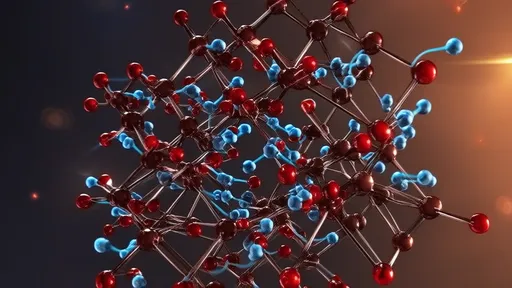
By /Jun 19, 2025

By /Jun 19, 2025
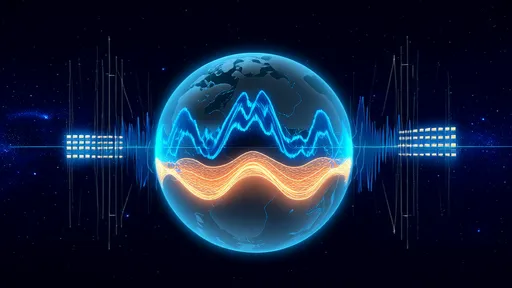
By /Jun 19, 2025

By /Jun 19, 2025

By /Jun 19, 2025
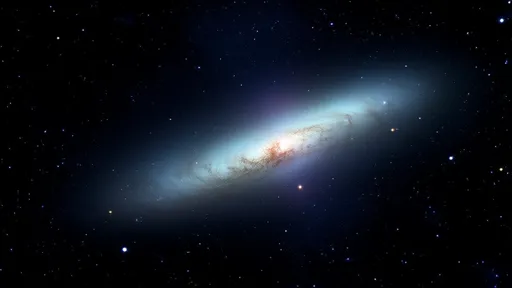
By /Jun 19, 2025
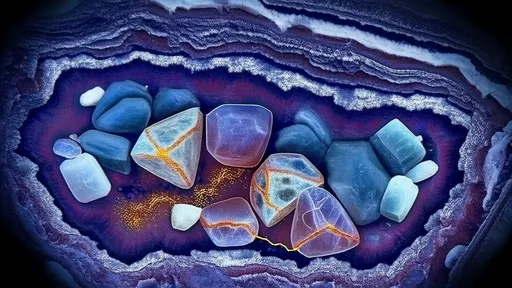
By /Jun 19, 2025
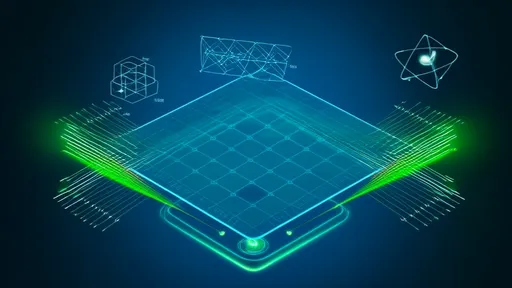
By /Jun 19, 2025

By /Jun 19, 2025
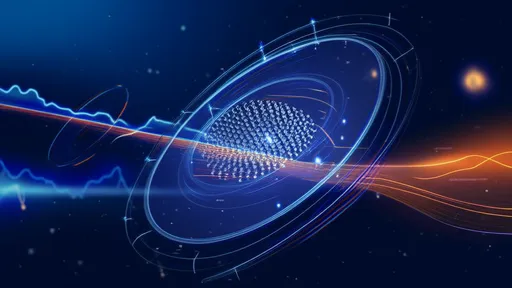
By /Jun 19, 2025
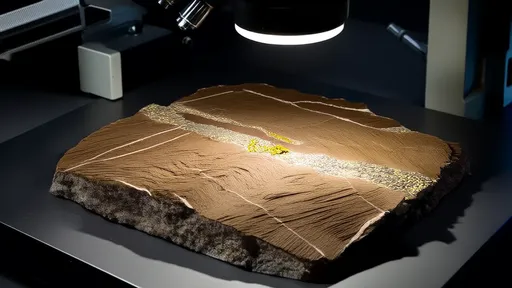
By /Jun 19, 2025
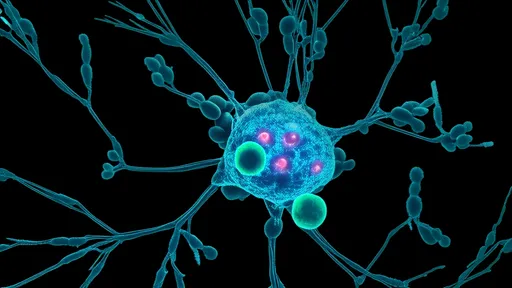
By /Jun 19, 2025

By /Jun 19, 2025
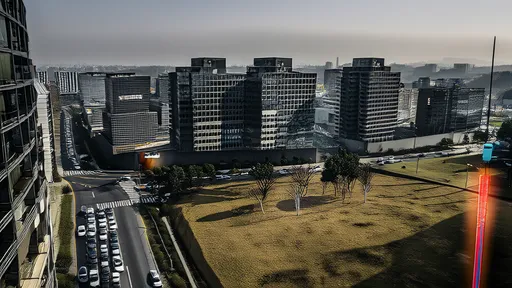
By /Jun 19, 2025

By /Jun 19, 2025

By /Jun 19, 2025
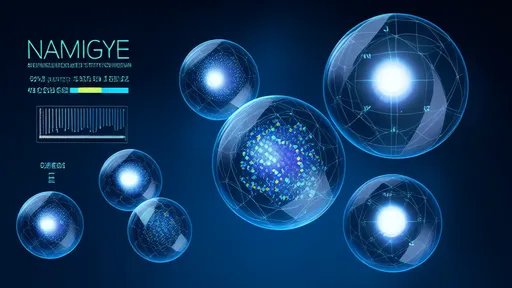
By /Jun 19, 2025